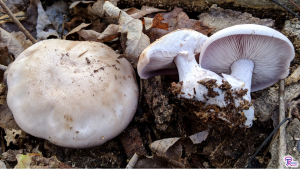#199: Entoloma abortivum, The Aborting Entoloma
Entoloma abortivum is a fascinating mushroom. The mushroom produces two forms of fruitbody: an agaric form that is an umbrella-like gilled mushroom and a “carpophoroid” (mycology-speak for “aborted”) form that looks like an oddly-shaped puffball. Both of these forms are usually found near honey mushrooms (Armillaria spp.) or in places honey mushrooms are known to grow. It turns out that E. abortivum is parasitic or partially parasitic on honey mushrooms; the aborted forms are actually the mycelium of E. abortivum attacking Armillaria mushrooms. Both the agaric and aborted forms are edible, although you need to be cautious when collecting Entoloma species.

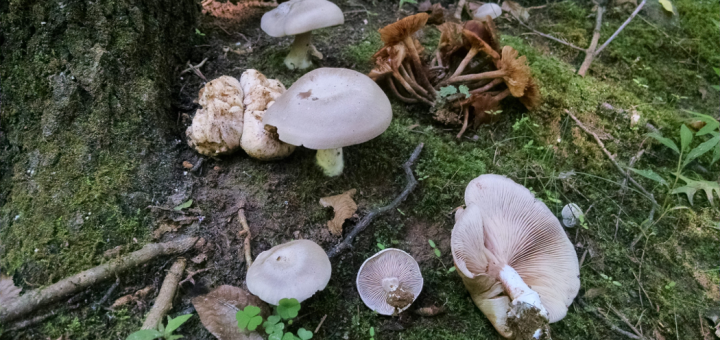
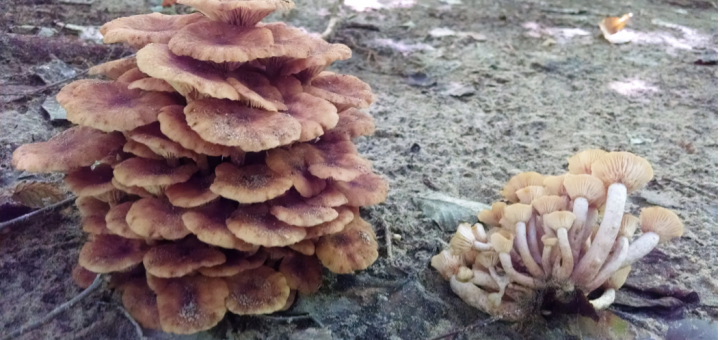
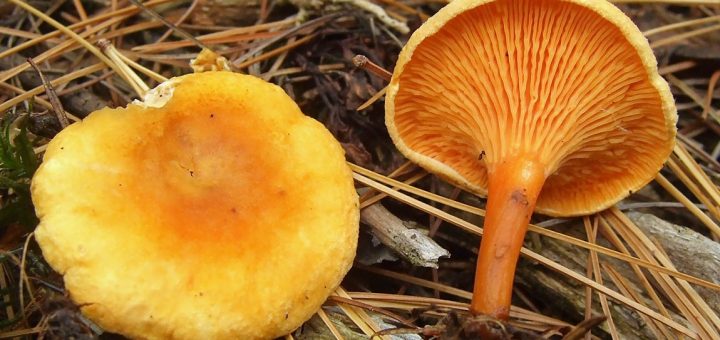
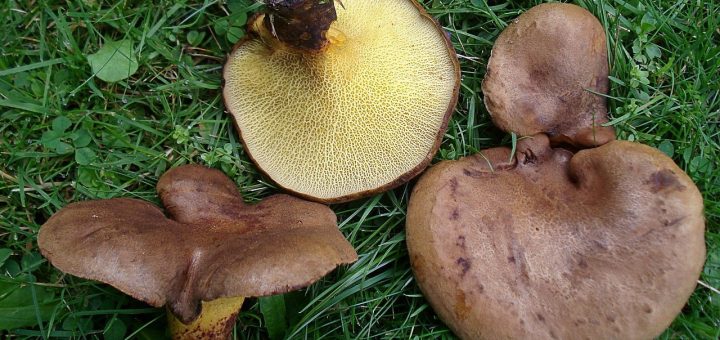
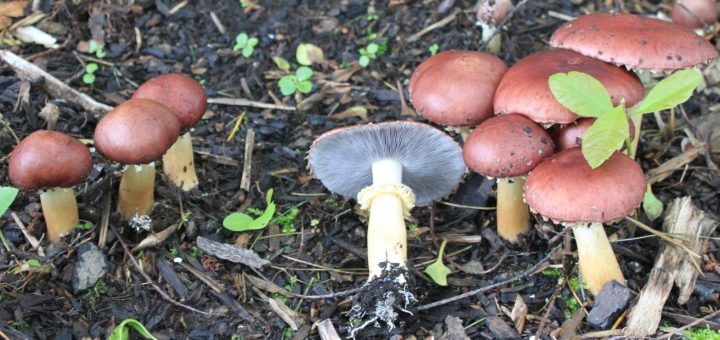
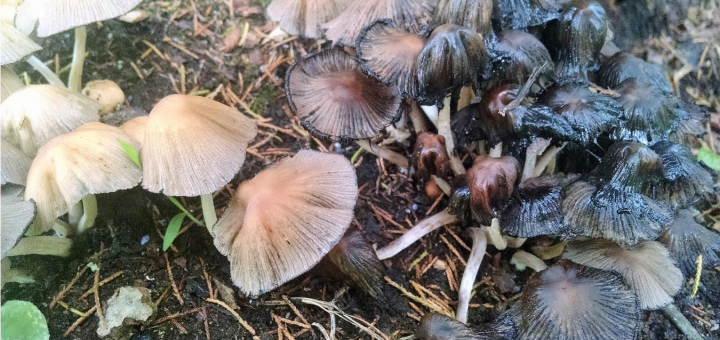
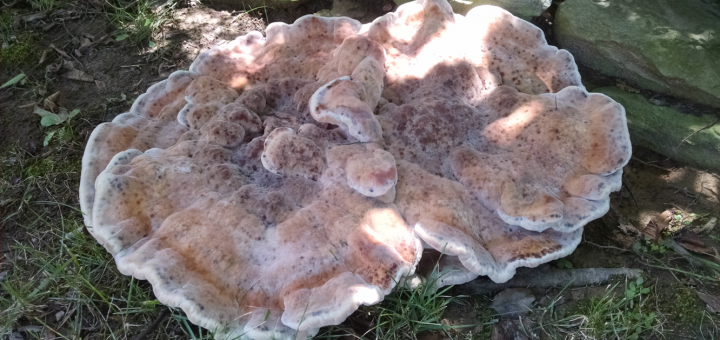
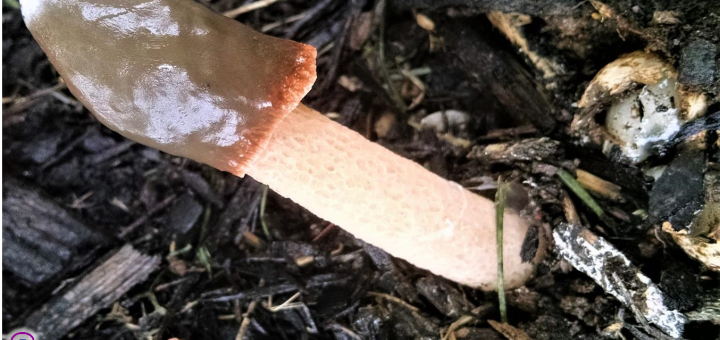
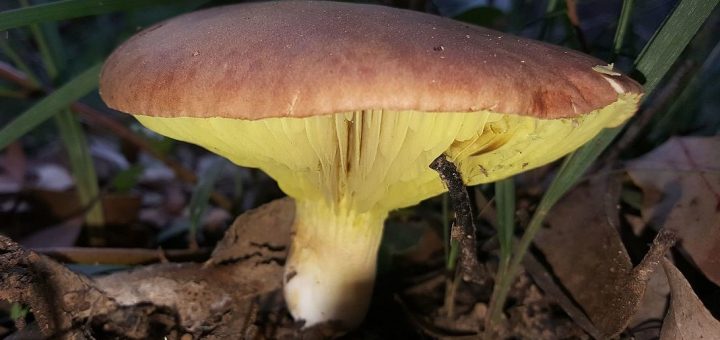
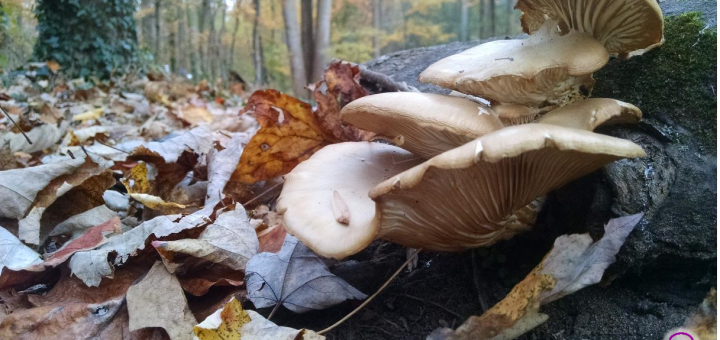





![#011: Characteristics of Kingdom Fungi [Archived]](https://www.fungusfactfriday.com/wp-content/themes/hueman/assets/front/img/thumb-small-empty.png)

